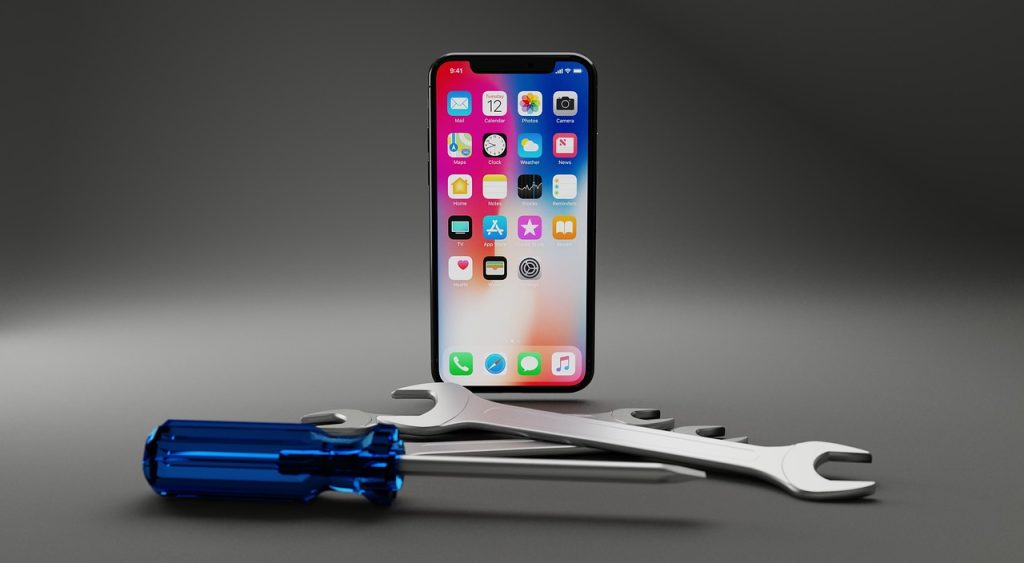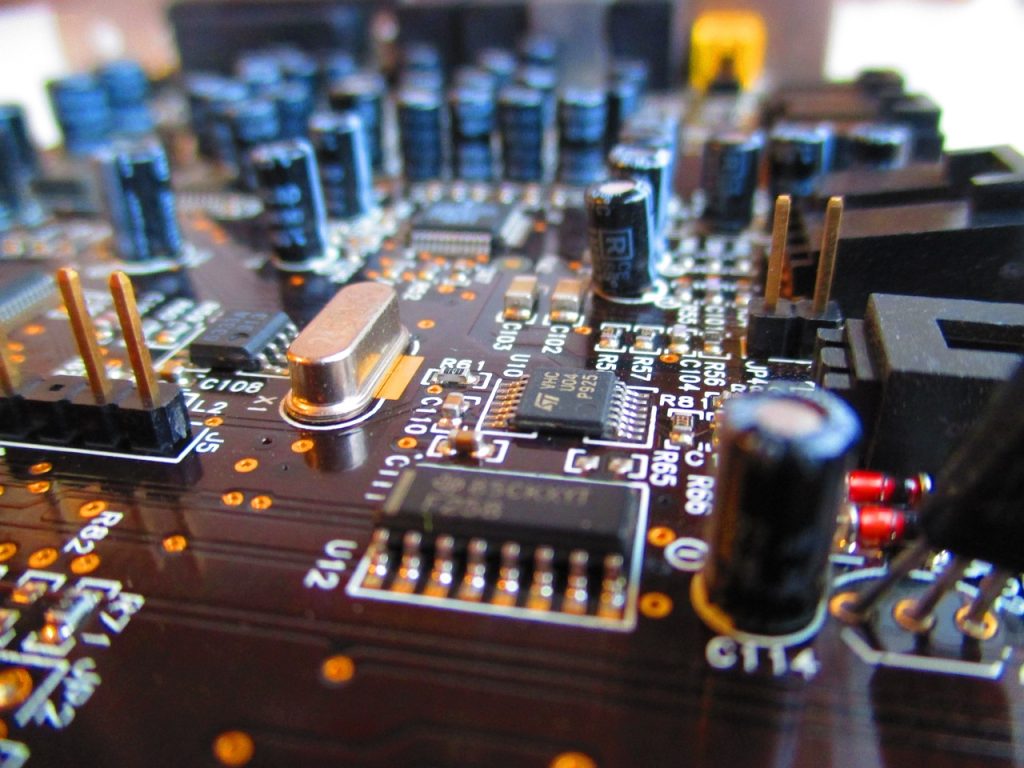For gamers, tweaking your TV settings is key to leveling up your gaming experience. Proper adjustments can give you sharper visuals, less lag, and an overall more immersive time. Here’s how to set up your TV for the best gaming performance.
Set the Picture Mode

Start by choosing the “Game” mode on your TV, if it’s available. This mode is built to reduce input lag and optimize settings for fast gameplay, making your games more responsive and enjoyable.
Adjust Brightness and Contrast
Set the brightness so darker areas in your games are clear without losing important details. Avoid going too high to prevent colors from looking washed out. Similarly, tweak the contrast to make light and dark areas stand out more for better visual clarity.
Fine-Tune Color Settings
Boost color saturation for more vibrant visuals, but don’t overdo it—too much can make colors look unnatural. Adjust the hue to fix any color imbalances and keep the visuals looking lifelike.
Manage Sharpness
Set sharpness to a level that adds detail without creating unwanted visual artifacts. In most cases, a lower sharpness setting gives you a more natural look.
Configure Advanced Picture Settings
Adjust the backlight for better visibility, especially in well-lit rooms. Tweak the gamma settings to balance brightness in mid-tones, helping to reveal more detail and improve the overall picture.
Reduce Input Lag
Turn on Game Mode to minimize input lag by cutting down on image processing time. Disable extra features like motion smoothing and noise reduction, which can slow things down. If your TV supports a high refresh rate, such as 120Hz, enable it for smoother gameplay.
Optimize Sound Settings
Switch to a sound mode designed for gaming, if available, to enhance sound effects and dialogue clarity. Adjust audio delay if needed to sync the sound with the action on the screen. For even better sound, consider using a soundbar or external speakers.
Calibrate for HDR and Resolution

If both your TV and gaming console support HDR, make sure it’s turned on. HDR enhances contrast and expands the color range for more vibrant visuals. Also, set your TV to the highest resolution your TV and console can handle to ensure the best image quality.
Manage Game-Specific Settings
Fine-tune in-game graphics and performance settings to match your TV’s capabilities. Check for firmware updates for your TV and console regularly, as these updates can improve gaming performance. Experiment with different settings for various games to find what works best.
In summary, optimizing your TV for gaming involves dialing in picture and sound settings, reducing input lag, and making sure HDR and high resolutions are enabled. With the right adjustments, you’ll get a more vibrant, responsive, and immersive gaming experience.

Leave a Reply